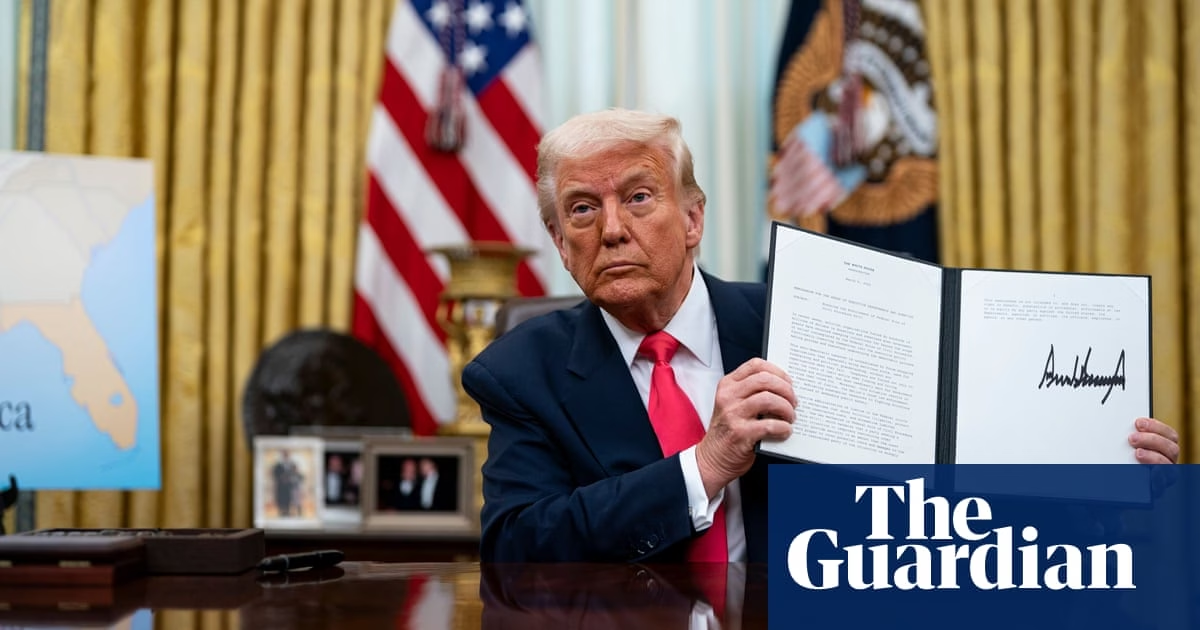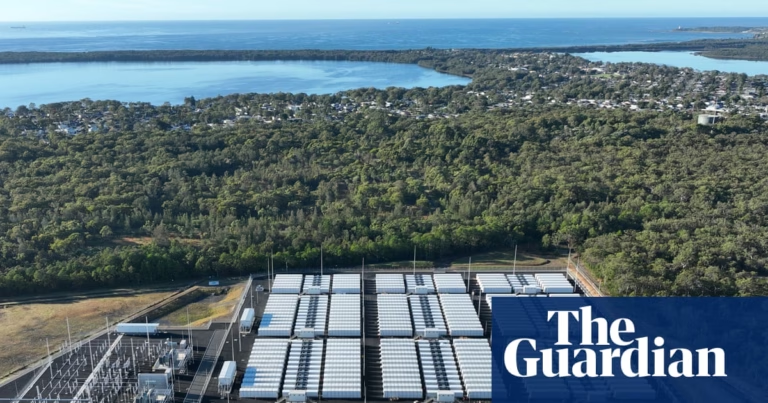When the Canadian prime minister, Justin Trudeau, resigned in early January, after months of pressure to quit, the approval ratings of the progressive firebrand had dropped from their peak of 65% in September 2016 to 22%.
At the end of last year, the Conservative leader, Pierre Poilievre, described by many as “Trump Lite”, was the clear favourite to win Canada’s next general election, and the top pick of 45% of Canadians for prime minister. At the time, the three biggest issues for voters were all economic: reducing the cost of everyday items, inflation and interest rates, and access to affordable housing.
Figure 1: Approval ratings of Justin Trudeau over the past 12 months (Nanos Research)
The first few weeks of Donald Trump’s second presidential term have changed some of that, at least for the time being. According to a new survey, “dealing with US president Trump” is now the most important issue influencing Canadian votes, ahead of the economy.
Canadian polls point to a remarkable political shift: Poilievre’s predicted landslide victory appears to have vanished into thin air. His party is still predicted to win and is still polling above its 2019 and 2021 levels of support, but Poilievre’s perceived proximity to MAGA politics has boosted the centre-left Liberals to only a few points behind the Conservatives.
Figure 2: Projected vote share in the next Canadian general election (CBC Poll Tracker)
Figure 3: Key issues affecting voters in Canada (Nanos Research)
“The tariffs imposed by Trump are reshaping our political landscape,” said Richard Nantel, a 65-year-old from Montreal, Quebec.
“A pro-Trump Conservative party was predicted to win the upcoming federal election. This party is now scrambling to save what was a sure win. It’s now less likely that the Conservatives will win the election.”
Scott Duncan, 54, a management consultant, said: “Since Trump began to threaten Canada with becoming the 51st state, the Canadians around me have become much more aligned politically.” Duncan is also from Quebec, the predominantly French-speaking province that has recently had a resurging separatist movement.
Figure 4: Political alignment in Quebec before and after Trump’s second term (Leger 360)
“Those that boasted to support Trump – colleagues at work – have quieted down for the meantime,” said Nicholas Mickelsen, a 35-year-old structural firefighter from Edmonton, the capital of Alberta.
Figure 5: Political sentiment in Alberta (Leger 360)
Nantel, Duncan and Mickelsen were among hundreds of Canadians who shared with the Guardian how they, those in their social circles and their communities had been grappling politically and privately with the US-Canadian trade war and political standoff.
Figure 6: Protests in Montreal against Trump’s policies (Corentin Nascence)
Markets have been reacting with gradually rising panic to retaliatory tariffs and rhetoric between the two North American neighbours, with many Canadians now bracing for a recession and worrying about their jobs and investments.
Figure 7: Market response to trade tensions between the US and Canada (Trading View)
Various people expressed growing concerns about China’s decision to impose harsh retaliatory tariffs on some Canadian farm and food imports last weekend, but despite these shock developments, the primary worry for many voters is now the US president.
Figure 8: Tariff hikes imposed by China on Canadian goods (The Guardian)
“Family and friends who are more to the right and left have come to the centre to fight Trump,” said Andrea, 59, a teacher from Toronto.
Figure 9: Shift in political alignment among Canadian voters (Elections Canada)
Longtime Tories and left-wing New Democratic party (NDP) or Green voters in her social circle, Andrea said, had recently joined the Liberal party and were all planning to vote for Carney in the next general election.
Figure 10: Growth in Liberal party membership (Liberal Party of Canada)
“Trudeau’s legacy is looking very different now,” she said, pointing to the outgoing prime minister’s remarkable popularity comeback over the past few weeks.
Figure 11: Approval ratings of Justin Trudeau in the past month (Nanos Research)
Figure 12: Comparison of political parties’ platforms on key issues (Political Compass)
Figure 13: Timeline of key events affecting Canadian politics in the past year (The Guardian)
Retired Fiona Mackey, 63, from Comox, British Columbia, had been planning to lend her support to the left-wing NDP, until Carney threw his hat in the ring.
Figure 14: Profile of Mark Carney and his policies (The Guardian)
“I signed up to the Liberal party to vote for Carney to replace Trudeau, as I felt he would be the best person to steer us in the right direction with tariff threats, Trump, world stability, and so on,” she said.
Figure 15: Profiles of Conservative leader Pierre Poilievre and his policies (The Guardian)
Mackey was among many Canadians who said they felt Poilievre and his Conservatives had merely “cashed in on Trudeau’s unpopularity” and “would not stand up to Trump”.
Figure 16: Opinions on Conservative party’s stance on Trump (Leger 360)
Figure 17: Anti-Trump sentiment among Canadian voters (Elections Canada)








